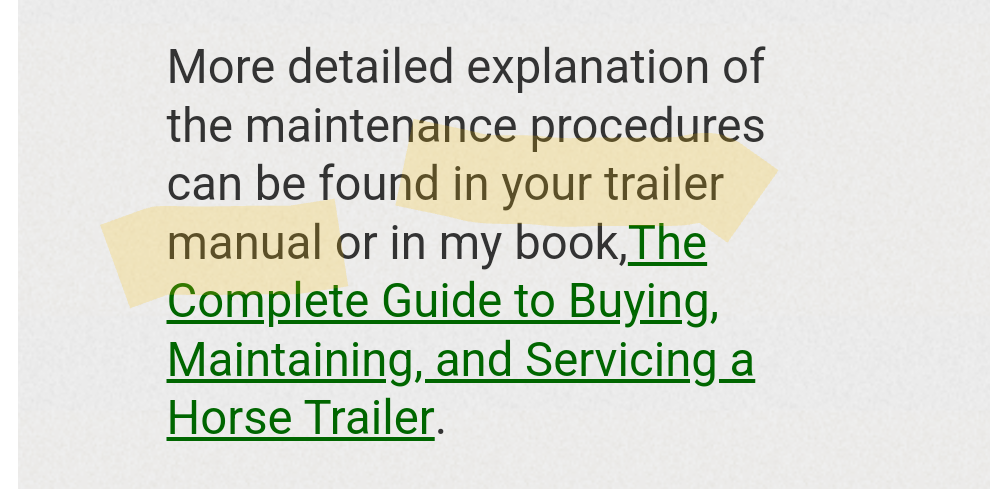Having a few days to look at the pictures, I question the ball hitch on the truck. Those three-ball utility hitches obviously have no drop or rise. I have rarely (really never) personally seen a bumper pull horse trailer that didn’t need a drop hitch on a a full size pickup truck to sit level or just slightly trailer-nose-up.
As the owner of two bulldog coupler trailers, both of mine need 8 inch drop hitches to place the coupler parallel to the ground. I also have one of those three-ball mounts on my tractor that I use to move my trailers around the farm. The bulldog hitch trailers, and my third trailer with a different style coupler do not seat well on the ball if there is much of an angular relationship between trailer coupler and the ball mount.
I usually tow these days with a GMC 2500HD truck, but even my Lexus SUV needs an 8 inch drop hitch for my trailers to sit optimally. Does anyone know what towing vehicle was being used?

 It’s a coiled cable and came stock when I purchased the trailer brand new. I attach it to the rear tie ring in the bed of my truck. I like to attach the emergency brake to something other than what the chains are attached to in case the failure is at the ring that the safety chains are attached to, then I have another layer of protection.
It’s a coiled cable and came stock when I purchased the trailer brand new. I attach it to the rear tie ring in the bed of my truck. I like to attach the emergency brake to something other than what the chains are attached to in case the failure is at the ring that the safety chains are attached to, then I have another layer of protection.


